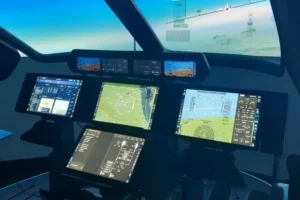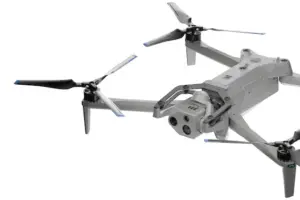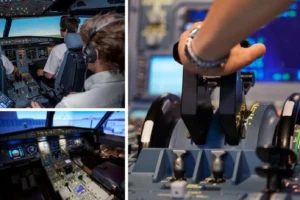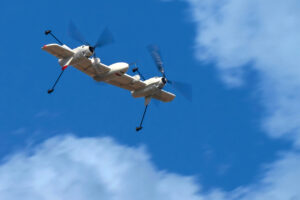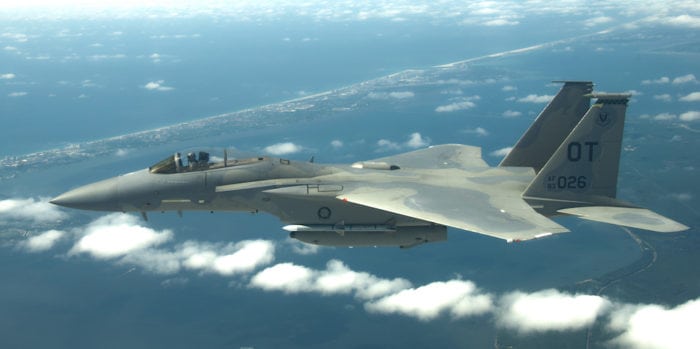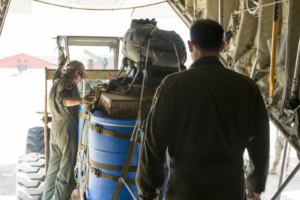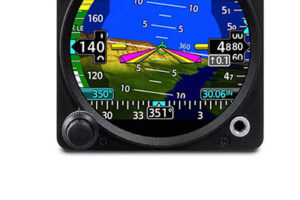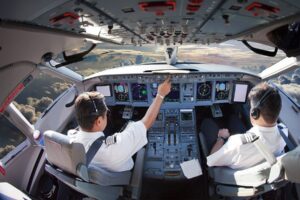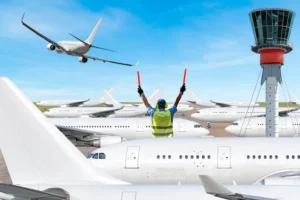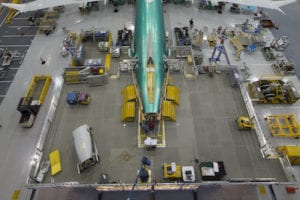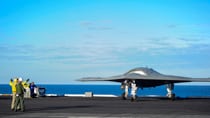Boeing 737 MAX Return to Service Approved with Alerting, Software and Wiring Changes
By Woodrow Bellamy III | November 18, 2020
Send Feedback | @WBellamyIIIAC
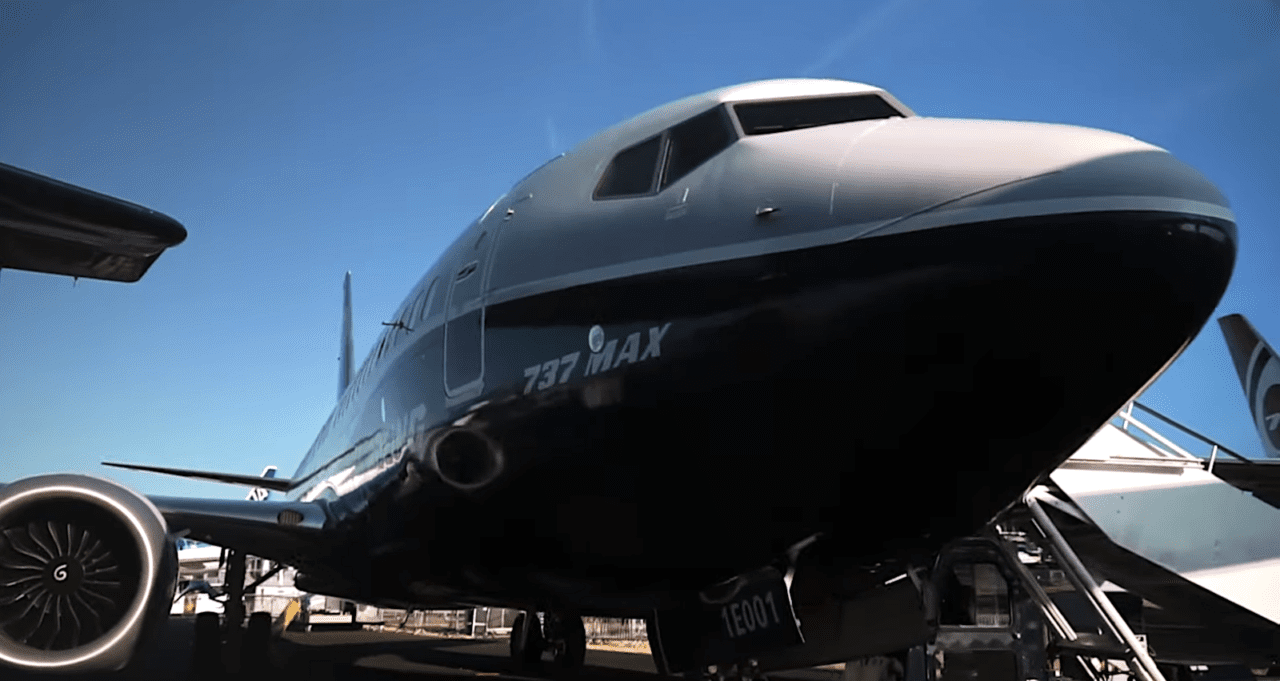
The FAA published its rescinding of the grounding of the Boeing 737 MAX fleet on Wednesday Nov. 18, 2020. (Boeing)
On Wednesday, Nov. 18, the Federal Aviation Administration (FAA) officially published a rescinding of its emergency order prohibiting the operation of the Boeing 737 MAX, 19 months after the aircraft was grounded following its operation in separate Lion Air and Ethiopian Airlines flights that killed a combined 346 passengers and crew onboard.
FAA Administrator Steve Dickson signed an order rescinding the grounding Wednesday, and the agency published a new Airworthiness Directive (AD) outlining design changes that need to be made to individual MAX airplanes before the in-service fleet returns to passenger-carrying service. The agency estimates that the AD affects a total of 72 aircraft operated by U.S. airlines, while Boeing has another 450 of the MAX aircraft parked in storage waiting to be delivered.
Specific changes required on the MAX by the new AD focus on improving the overall functionality of the maneuvering characteristics augmentation system (MCAS) and its associated systems and components along with some required manual and pilot training updates. MCAS is designed to automatically command the aircraft’s nose-down stabilizer to enhance pitch characteristics when entering steep turns with elevated load factors and flaps up conditions that are approaching stall, according to Boeing.
Among the changes to the MAX required by the new AD include a revision to the aircraft’s flight control software, which now requires inputs from both angle-of-attack (AOA) sensors.
Prior to its grounding, MCAS relied on information from a single AOA sensor feed, making it vulnerable to failure if the data reported by either sensor individually was flawed or erroneous for any reason. Under the new software update, inputs from both sensors are required and the flight control system software will now compare inputs from both sensors if those inputs differ by 5.5 degrees or more for a specified period of time the Speed Trim System (STS), which includes MCAS, will be deactivated for the remainder of the flight.
“The new flight control laws now permit only one activation of MCAS per sensed high-AOA event, and limit the magnitude of any MCAS command to move the horizontal stabilizer such that the resulting position of the stabilizer will preserve the flight crew’s ability to control the airplane’s pitch by using only the control column. This means the pilot will have sufficient control authority without the need to make electric or manual stabilizer trim inputs,” FAA said in the new AD.
A new mechanism for monitoring the performance of each flight control computer and cross-FCC monitoring has also been including in the updated flight control software, according to the AD. There is also a mandate for each 737 MAX that re-enters service to feature an “AOA DISAGREE” alert, a message that will appear on the pilot’s primary flight display if there is a failure in either AOA sensor or if the flight control system experiences a significant calibration issue.
Previously, the AOA DISAGREE alerting message was included on the MAX as a purchase option. This change will require the installation of new MAX display system software.
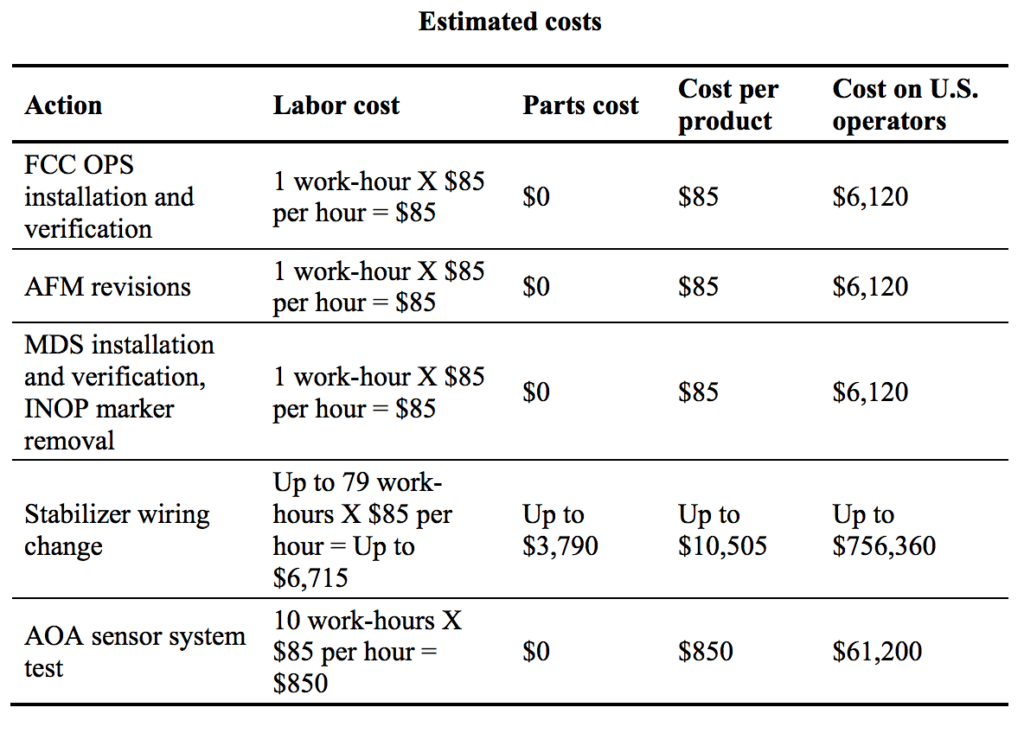
The FAA provided cost estimates for the required changes established by the new airworthiness directive.
FAA is also requiring changes to the horizontal stabilizer trim wire routing, an AOA sensor system test, and an operational readiness flight for each MAX that is targeted for re-entry into service. In a 99-page report analyzing its review of the 737 MAX re-certification program published on the same day as the AD, the agency also summarized the changes to the aircraft’s design and operation established by the rescinding order.
“The MCAS activation software now includes a maximum limit of one nose-down stabilizer activation during a single elevated AOA event and cannot be reset by pilot activation of the electric trim switches,” the agency said.
The overall amount of time required to complete the re-certification program and sign the rescinding order ungrounding the 737 MAX fleet was 20 months, according to a video statement published by Dickson on the FAA’s YouTube page. Before finalizing the AD, the FAA reviewed more than 550 public comments submitted by the proposed AD published in August.
New training requirements for U.S. operators of the MAX have also been published, according to Dickson.
“This doesn’t mean that the MAX will immediately take to the skies, we will still have to approve the 737 MAX pilot training program for every US airline operating the MAX, additionally the FAA will retain its authority to issue airworthiness certificates and export certificates of airworthiness for all new 737 MAX aircraft manufactured since the FAA issued a grounding order last year. Airlines that have parked MAX aircraft will also have to follow required maintenance steps to prepare them to fly again,” Dickson said.
During an appearance on CNBC following the publishing of the AD Wednesday, Dickson said the combination of the design changes and training for pilots will make it “impossible” for the MAX to experience the same kind of accident that lead to the Ethiopian Airlines and Lion Air crashes.
Stan Deal, president and chief executive officer of Boeing Commercial Airplanes, called the FAA’s directive an “important milestone,” in a Nov. 18 statement published by Boeing.
“We will continue to work with regulators around the world and our customers to return the airplane back into service worldwide,” Deal said.


